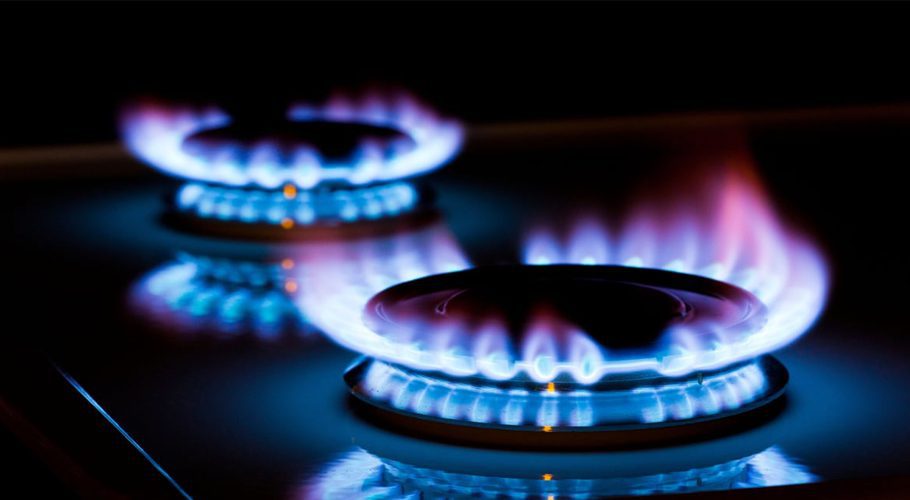The Oil and Gas Regulatory Authority (Ogra) has asked the government to rationalize tariffs of domestic gas and RLNG in the wake of recent amendments to the OGRA Ordinance, 2002, saying there is a massive difference in the actual cost of gas and the consumer sale prices of the gas companies, which is leading to massive cross-subsidy.
The gas regulator provided these comments in response to a draft report prepared by the Petroleum Division for the Cabinet Committee on Energy (CCoE), in which the latter suggested banning the issue of demand notifications for new connections due to the lack of indigenous gas resources, Business Recorder reported on Saturday.
In order to address the shortage of gas, the government in November 2009 imposed moratorium on new gas development schemes till the clearance of backlog and exemption was only given to the gas producing districts. The moratorium was lifted by the government on April 12, 2017. During the period of 2018 to 2022, the Steering Committee of SAP and Sub-Committee of the SAP approved a number of gas development schemes along with release of funds.
The completion of all these schemes required funds of Rs47.9 billion comprising of GoP share of Rs7.9 billion and company share of Rs39.99 billion. The cost incurred by gas companies on gas development schemes as Distribution Development Budget forms part of the annual revenue requirements of the gas companies for ultimate recovery from the gas consumers.
Since FY 2015-16, the consumer gas prices were not adequately revised consistent with revenue requirements determined by OGRA. This resulted in accumulation of revenue shortfall/tariff differential amounting to Rs547 billion (SSGCL: Rs245 billion, SNGPL: Rs301 billion) as of March 2022.
The gas companies are, therefore, neither able to recover their investment, earn any return on that investment nor have sufficient gas to provide to the new and potential consumers. The average both the gas companies, ie, SSGCL and SNGPL are facing average depletion of five per cent and 19 per cent respectively.


































